Meet our CODE_n CONTEST Finalists 2016: senvisys from Germany
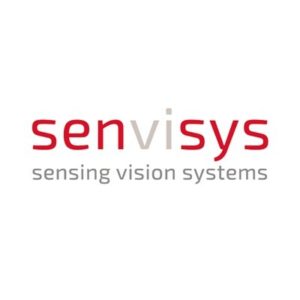 senvisys – a CODE_n CONTEST finalist in the Connected Mobility cluster, works together with railway operators to develop sensors for a suitable early warning system on trains. The company produces the software internally (patent pending) and the hardware is either assembled internally or outsourced under strict confidentiality. Product Manager Janis Grinhofs talkes to us about the initial idea, obstacles and successes of his startup.
senvisys – a CODE_n CONTEST finalist in the Connected Mobility cluster, works together with railway operators to develop sensors for a suitable early warning system on trains. The company produces the software internally (patent pending) and the hardware is either assembled internally or outsourced under strict confidentiality. Product Manager Janis Grinhofs talkes to us about the initial idea, obstacles and successes of his startup.
What is senvisys all about? How did you come up with the idea?
Janis: Everything began while reading about a level crossing accident in a newspaper. The question came: “Why are these still technically unsecured, since the level of technical development and automatization has greatly improved over the years. The problem lay in the high amount of expensive cabling required to detect a train that is approaching a level crossing early enough, which made conventional solutions uneconomical. Hence we set out to solve this problem from a different angle, and decided to try and use the rails as the medium for transmitting the information about incoming trains. And this is how we got to evaluating vibrations.
During our research we found that similar solutions already exist: They also use the vibration concept for early train detection, but the main drawback of these solutions is that they can not reliably predict the correct time of when a train will approach the measurement point. Our solution does not have this drawback and moreover, we managed to predict the direction a train is moving in and it’s speed long before it reaches the crossing (2 to 5 km in advance). From all the collected data we could localize the position of a train along the measurement range, which gives great precision and timing for safeguarding of level crossings.
“Digital Disruption“ – that’s the motto of this year’s CODE_n CONTEST. What makes your solution innovative, what makes it disruptive?
Janis: We digitalize and interpret the solid-material vibrations of rails, which can be autonomously integrated into a level crossing, thus we are contributing to the automatization and digitalization of the railway infrastructure that is still lagging behind in the technological advancement. The conventional solutions are analogue, costly, unfriendly to environment and unreliable, which leads to frequent delays and sometimes to accidents. That is the reason why many level crossings are still technically unsecured, current solutions are just too expensive to be widely used.
By introducing our solution we disrupt the market for the conventional axis-counters and wheel sensors, since that technology becomes obsolete and inefficient compared to our solution. Our system uses only 1% of the cabling and is able to save over 200,000 Euro per level crossing in material, installation and maintenance costs, compared to the technology currently in use. Additionally we offer a much wider array of functionality such as speed, direction and position detection, which can not be achieved by other solutions.
You’re one of the 13 finalists in the Connected Mobility contest cluster. Which challenges do you think young companies have to face in this sector? How do you handle these challenges?
Janis: One of the issues in this sector is a rather predictable one – regulations and certification that are often needed in most branches and especially in the mobility branch. Hence young entrepreneurs ought to keep in mind that the market penetration may be delayed severely by the certification procedures. To make the best of it, we used the time to improve our product and develop our organization.
Related to the certification issue, is the importance of high quality and standards that are required of the product, team and company, to create a truly valuable and beneficial product that will be reliable, durable and safe.
Security and safety are generally important in all endeavors, and especially in connected mobility, thus one has to take all precautions once embarking on this journey, and have safety in mind from the beginning.
You’re already working together with German railroad company Deutsche Bahn. What are your next goals?
Janis: One of the most important of our goals is the implementation of our technology across the globe, since many countries are still relying on dated technology that is expensive and unreliable. In the list of our expansion is Europe, more specifically Switzerland and neighboring countries, as well as Americas, the Russian Federation, and developing countries.
When addressing the non-railroad applications, we intend to research and develop various potential application fields for our technology, which range from wind power plants to oil pipelines. We are actively looking for partners who are willing to improve existing solutions and explore new frontiers aided by our technology.


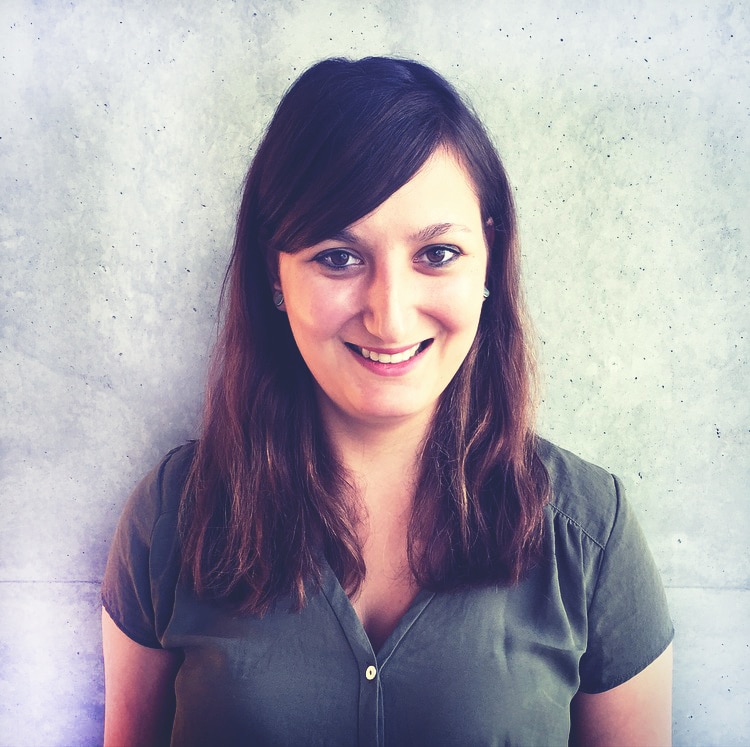
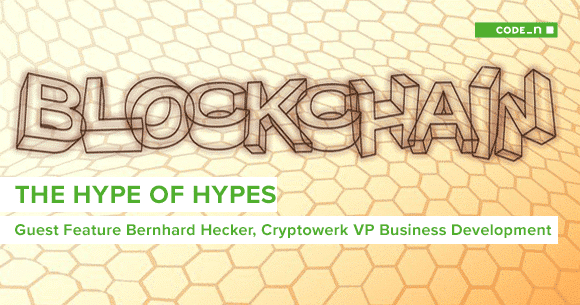
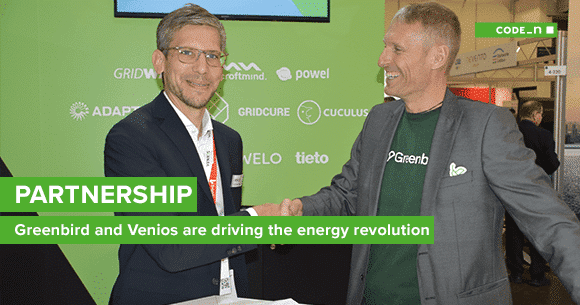
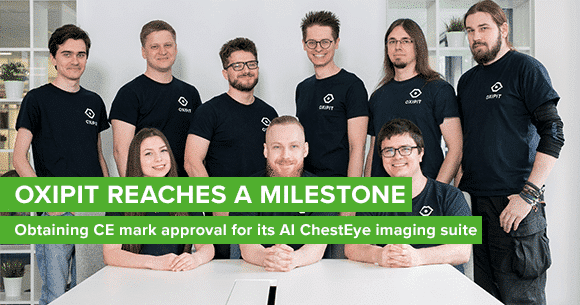
Write a comment